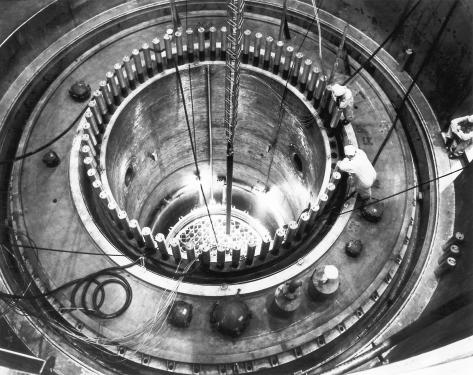Google announced this week that it is working with NextEra Energy to revive a nuclear power plant in Iowa that closed in 2020. NextEra has been searching for a partner to reopen the reactor for the past year and found one in Google, which has been steadily adding zero-carbon energy sources to power its growing data center operations. The financial terms of the deal were not disclosed by either company.
The Duane Arnold Energy Center was shut down after a summer derecho damaged a section of the secondary containment system designed to prevent the release of radioactive gases. The power plant was originally built to generate 601 megawatts of electricity. If the recommissioning is successful, the renovated reactor will be capable of producing an additional 14 megawatts.
NextEra aims to restart the facility in 2029. Google has agreed to purchase a majority of the power generated for 25 years. The remaining power will be sold to the Central Iowa Power Cooperative under similar terms. This cooperative currently holds a twenty percent stake in the Duane Arnold power plant, though NextEra has stated it has agreements to buy out both the co-op and the other minority owner.
Nuclear power is experiencing a revival as technology companies and data center developers seek new electricity sources. This comes after a decade-plus period of stagnant demand. The Iowa reactor is not the first to be brought back into service. Last year, Microsoft said it would work with Constellation Energy to restart a reactor at Three Mile Island that was shut down in 2019. Constellation expects that effort to cost one point six billion dollars. If plans proceed, the 835-megawatt reactor should come online in 2028.
Restarting reactors is seen as a shortcut for adding new nuclear capacity to the grid, likely saving years compared to building an entirely new power plant. However, these projects still take multiple years to complete, placing them in competition with new natural gas power plants, which also require years of development.
In the meantime, companies like Google are also turning to solar power and batteries. These alternatives can be deployed in months rather than years, dramatically reducing the time required to power a new data center.

